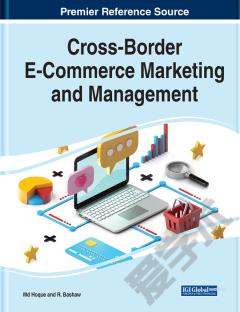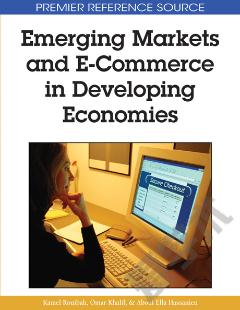Cross-Border E-Commerce Marketing and Management
The continued advancement of globalization, increases in internet connectivity, compatibility of international payment systems, and adaptability of logistics and shipping processes have combined to contribute to the rapid growth of the cross-border e-commerce market. Due to these advancements and the ubiquitous presence of smartphones, consumer use of cross-border e-commerce is increasingly simplified, and thus, sellers are hardly restricted to a specific country in terms of promoting, selling, and shipping goods worldwide. The burgeoning opportunities, habits, and trends of shopping on cross-border e-commerce platforms have expedited the prospect of becoming a presence in the global market. This is true for enterprises of all sizes, especially for small‐ and medium‐sized enterprises (SMEs) that want to add their footprint in the international market for the first time. Like any other industry, cross-border e-commerce has its specific economics and driving forces, but has different scopes, challenges, and trends due to the geographic and cultural expanse of relevant environments. Cross-Border E-Commerce Marketing and Management was conceptualized by identifying the scope of new complementary information with a comprehensive understanding of the issues and potential of cross-border e-commerce businesses. The authors believe that this book will not only fill the void in the current research but will also provide far-sighted vision and strategies, as it covers big data, artificial intelligence, IoT, supply chain management, and more. This book provides the necessary knowledge to managers to compete with the competitive market structure and ultimately contribute to the sustainable economic growth of a country. It works as a guideline for existing cross-border e-commerce managers to formulate individual strategies that combine to optimize the industry while keeping the enterprise competitive. This book is useful in both developed and developing country contexts. This publication is an ideal resource for academicians, policy makers, stakeholders, and cross-border e-commerce managers, especially from SMEs.
{{comment.content}}








 京公网安备 11010802027623号
京公网安备 11010802027623号